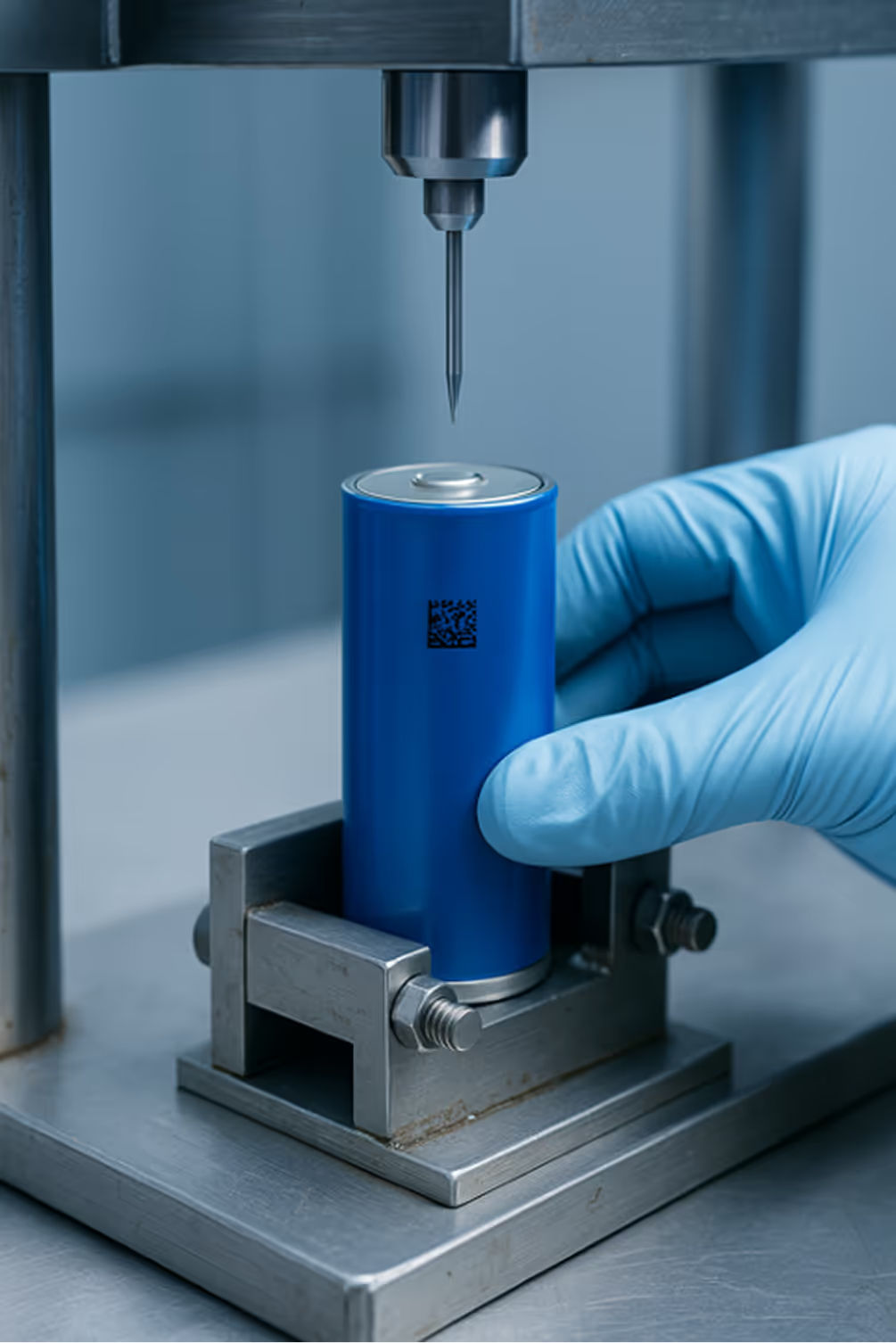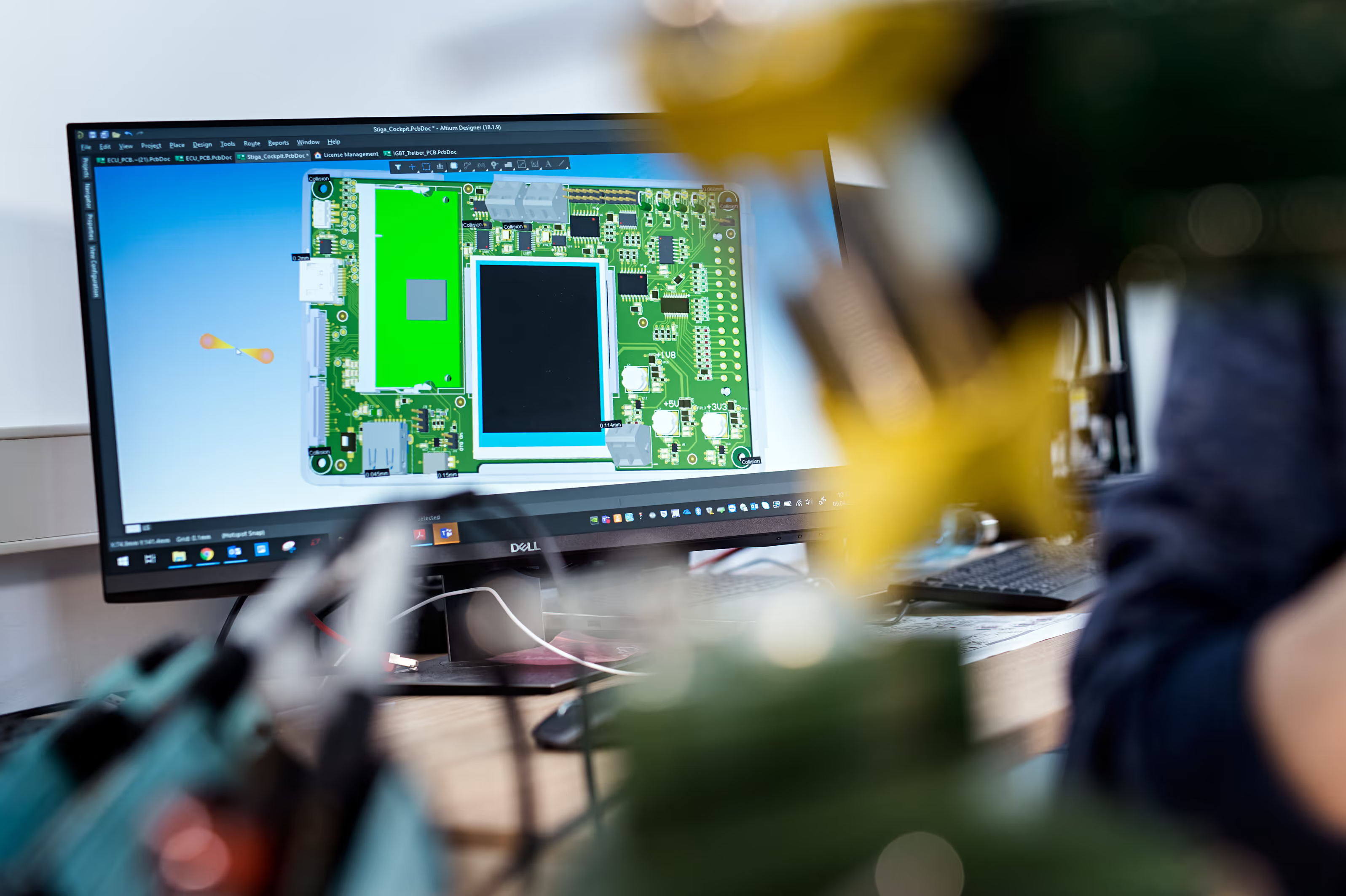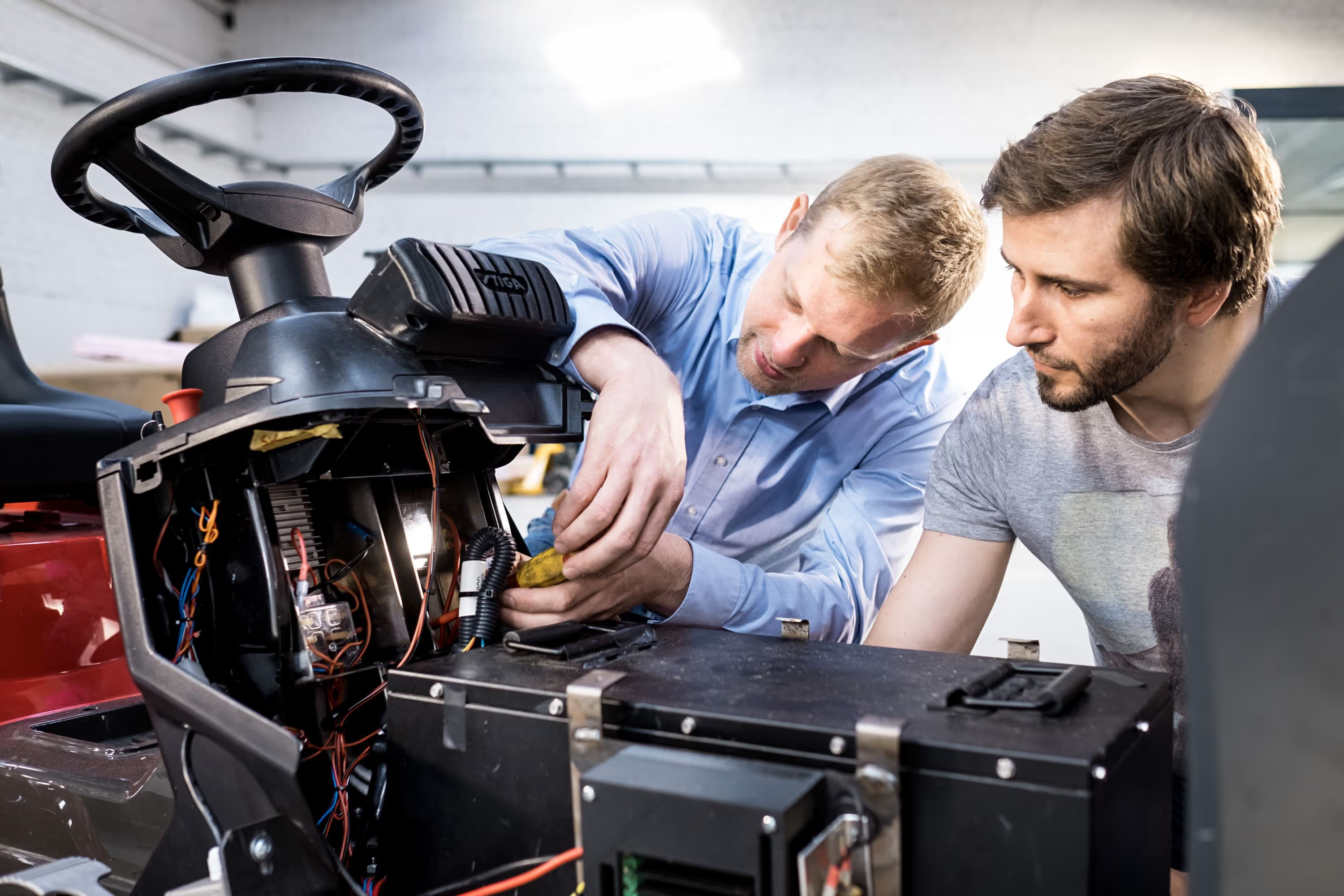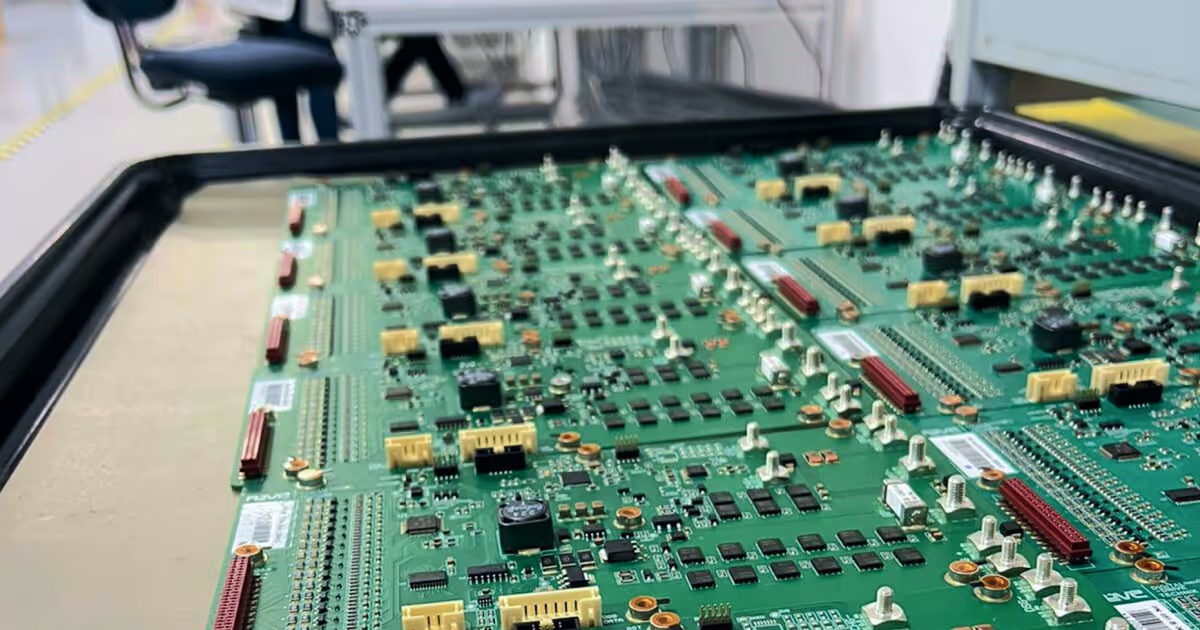V-Model
The V-Model is a structured systems development and testing methodology that ensures rigorous verification and validation at each phase, critical for achieving safety, performance, and compliance in battery technology projects.
The V-Model is a project lifecycle framework that emphasizes parallel development of verification and validation processes, ensuring every stage from requirements to deployment is systematically tested and aligned with specifications. In the battery industry, where safety, reliability, and adherence to international standards are non-negotiable, this model provides a robust foundation for developing complex systems like battery packs, management systems, and electric vehicle components. By integrating testing early and often, it mitigates risks and enhances quality, making it indispensable for professionals navigating the intricacies of modern energy storage solutions.
Core Concepts of the V-Model
At its heart, the V-Model divides the development process into distinct phases, each with corresponding testing activities that form a "V" shape. This structure ensures that validation (confirming the product meets user needs) and verification (checking against specifications) are not afterthoughts but integral parts of the workflow. For battery experts, this means that from initial concept to final deployment, every aspect—such as cell chemistry, thermal management, and state-of-charge algorithms—is scrutinized to prevent failures and ensure optimal performance.
Verification vs. Validation
Verification involves checking whether the product is built correctly according to design documents, while validation confirms it meets the intended use and customer requirements. In battery development, verification might include testing a Battery Management System (BMS) against predefined algorithms, whereas validation ensures the system performs reliably in real-world scenarios, such as extreme temperatures or rapid charging cycles. This distinction is crucial for avoiding costly recalls and ensuring compliance with standards like IEC 62619 or UN38.3.
Phases and Their Relevance
The left side of the "V" covers requirements analysis, system design, and module design, while the right side corresponds to unit testing, integration testing, system testing, and acceptance testing. For battery professionals, this phased approach allows for early detection of issues—for instance, identifying thermal runaway risks during design rather than after production. It also supports thorough documentation, which is essential for audits and certifications in highly regulated markets.
Application in the Battery Industry
In the fast-evolving battery sector, the V-Model is adapted to address unique challenges such as energy density optimization, lifecycle testing, and safety protocols. By applying this methodology, companies can streamline the development of lithium-ion batteries, solid-state technologies, and associated components, ensuring that each iteration meets stringent performance and environmental standards. This is particularly vital as electric vehicles and grid storage systems demand higher efficiency and longer lifespans.
Battery Testing and Compliance
Testing under the V-Model includes unit tests for individual cells, integration tests for battery modules, and system tests for full packs, all aligned with global standards like ISO 26262 for functional safety. This systematic approach reduces the likelihood of defects that could lead to safety incidents, such as overheating or short circuits. Moreover, it facilitates compliance with regulations, enabling smoother market entry and reducing time-to-market for innovative products.
Documentation and Traceability
A key advantage of the V-Model is its emphasis on documentation, which provides a clear audit trail from requirements to test results. For battery manufacturers, this means easier reporting to authorities and stakeholders, as well as improved collaboration across teams. Traceability ensures that any changes in design or materials are reflected in testing protocols, enhancing overall project transparency and accountability.
Benefits for Battery Professionals
Adopting the V-Model offers numerous advantages, including reduced development costs, faster issue resolution, and enhanced product reliability. By embedding testing throughout the lifecycle, teams can identify potential failures early, such as capacity degradation or BMS malfunctions, and address them before mass production. This proactive stance is essential in an industry where margins for error are slim and consumer trust is paramount.
Risk Mitigation and Quality Assurance
The model's structured nature helps mitigate risks associated with battery failures, which can have severe consequences like fires or performance drops. Through iterative testing and validation, professionals can ensure that components like electrodes, separators, and cooling systems meet safety thresholds, thereby protecting brand reputation and minimizing liability.
Efficiency and Scalability
By standardizing processes, the V-Model enables scalability from pilot projects to large-scale production, supporting the rapid growth of the electric vehicle and renewable energy markets. It also fosters innovation by providing a framework for experimenting with new materials or designs while maintaining rigorous quality controls.
Challenges and Implementation Strategies
While the V-Model is highly effective, its implementation can be challenging due to the complexity of battery systems and evolving regulations. Professionals must adapt the model to fit agile environments and integrate it with tools for simulation and data analysis. Overcoming these hurdles requires expertise in both the methodology and the specific nuances of battery technology.
Customization for Battery Projects
Tailoring the V-Model to battery development involves incorporating specialized testing for factors like cycle life, charge rates, and environmental impact. This customization ensures that the model remains relevant and effective, addressing industry-specific needs such as sustainability and circular economy principles.
Conclusion and PEM Motion Support
In summary, the V-Model is a powerful tool for ensuring quality, safety, and compliance in battery development, offering a structured path from ideation to deployment. Its emphasis on verification and validation aligns perfectly with the high-stakes nature of the industry, helping professionals deliver reliable and innovative solutions. To navigate these complexities, partnering with experts like PEM Motion can amplify success. PEM Motion, an international engineering and consulting firm specializing in battery technology, provides comprehensive support in Battery Testing & Compliance, BMS Solutions, Training, and Operations Support. They assist battery manufacturers, component suppliers, OEMs, and EV producers in adhering to testing procedures, documentation requirements, and international standards, ensuring projects meet regulatory demands while optimizing performance and efficiency. By leveraging PEM Motion's expertise, organizations can seamlessly integrate the V-Model into their workflows, driving advancements in sustainable energy storage.
Our Focus
What we do

BATTERY Compliance
We ensure your batteries meet all compliance standards for safety and performance.

OPERATIONS & TRAINING
We empower your team with comprehensive training and operational consultation for battery technology and energy storage solutions.

BMS SOLUTIONS
We offer a wide range of Li-Ion battery solutions and Battery Management Systems for various industries.












